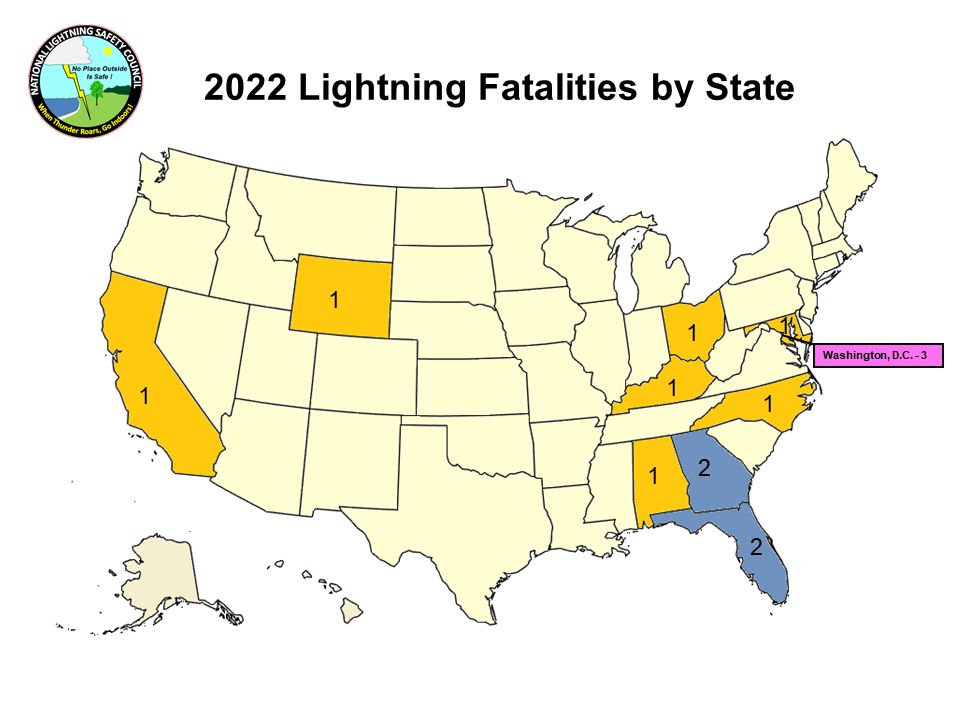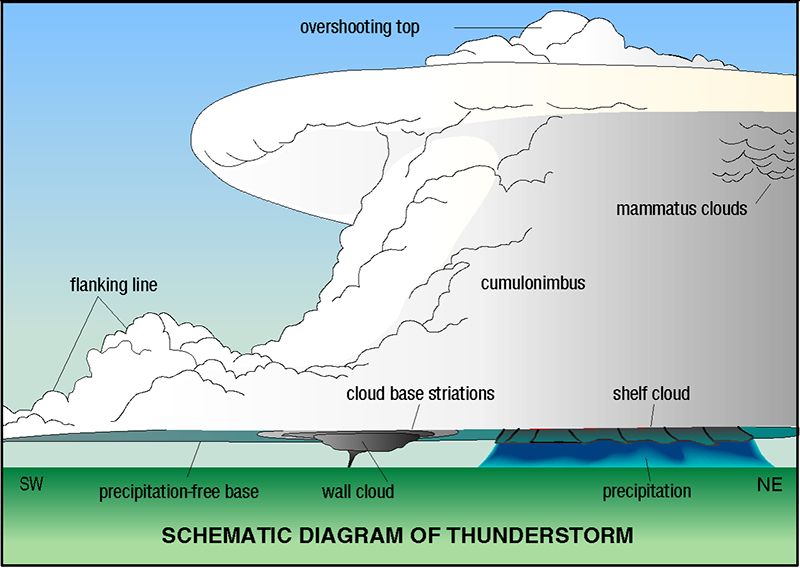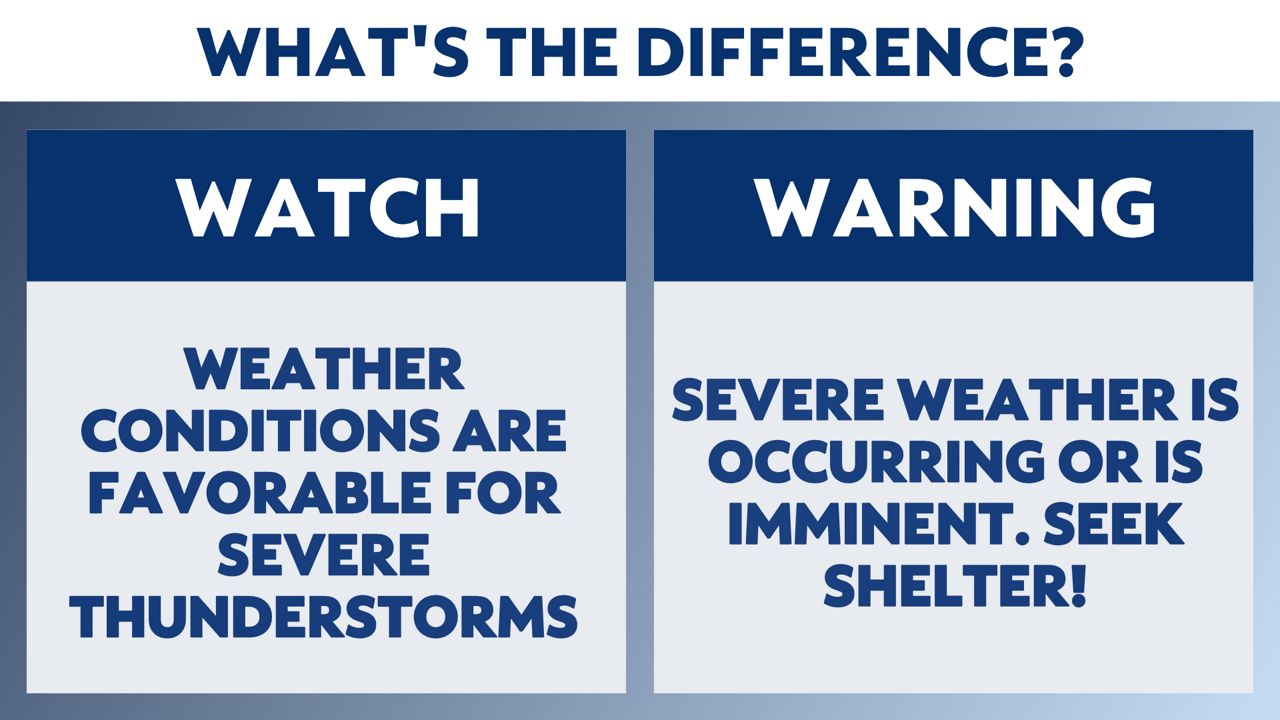It’s severe weather season and storms have already hit many areas hard across the country this year. Now is a good time to review severe weather safety tips to keep you prepared for when severe weather arrives in your area.
What is a severe thunderstorm?
A thunderstorm that contains hail the size of one inch in diameter and or winds of 58 mph or greater. Hail that size will cause damage to plants, vehicles, siding and roofs. With some very intense thunderstorms, hail can be as large as softballs or even larger.
Winds can also gust over 80 mph. With winds that strong, trees are likely to topple over, power lines can damage and structural damage can occur.
Thunderstorms can also spawn tornadoes and cause flash flooding. Of course, any thunderstorm contains dangerous cloud to ground lightning.
(National Weather Service)
How to prepare for thunderstorms
- Be weather ready: Make sure you look at the forecast for the day to see if your area is under a risk for severe weather.
- Sign up for weather alerts: A good way to stay prepared is to have a way to receive severe weather alerts. The Spectrum News App is a good way to get those. Turn on notifications and you will be alerted of watches and warnings in your area.
- Create a plan: Communicate a plan with the family in case severe weather strikes. Find a place to meet in case of a weather emergency. Pick a safe place in your home, such as a basement or an interior room on the lowest level of your home with no windows.
- Practice the plan: Before thunderstorms hit, practice the safety plan with your family. Know where to go in case a warning is issued.
-
Prepare the area around your home: Make sure that large trees aren’t hanging over your home. Secure loose objects around the house so they are not blown around in the wind.
What to do when a severe thunderstorm is over your area
When a severe thunderstorm is over your area, you need to take immediate action to keep you safe from the storm.
Continue to have your TV on to get live updates on the storm and make sure you have your phone with you for alerts. If you have a NOAA Weather Radio, make sure that is on as well for the latest warnings that are being issued.
Make sure you are in your safe spot in your home and away from any windows. If you are at work, practice the same safety tips. Stay away from large windows and go into a small, interior area to keep yourself protected from the strong winds, hail and lightning.
If you are outside during a thunderstorm, seek shelter in a sturdy structure immediately. Taking shelter under a tree can be deadly as lightning may strike, or strong winds may knock it over.
Being in a vehicle is much safer than being outside, but if you can get into a sturdy structure safely, it is best to do that.

(National Lightning Safety Council)
Last year, there were 14 lightning related fatalities in the United States.
Lightning facts
- There are around 25 million lightning strikes and 20 lightning deaths in the U.S. each year.
- Lightning is about 50,000 times hotter than the surface of the sun.
- There is NO safe place outdoors during a thunderstorm. If you can hear thunder, you are close enough to be struck by lightning. Remember the saying, when thunder roars, go indoors.
- Lightning can travel about 10 to 12 miles away from a thunderstorm.
Severe weather and thunderstorm season lasts all the way into the summer months, so practice these tips now and stay safe.
Our team of meteorologists dives deep into the science of weather and breaks down timely weather data and information. To view more weather and climate stories, check out our weather blogs section.


